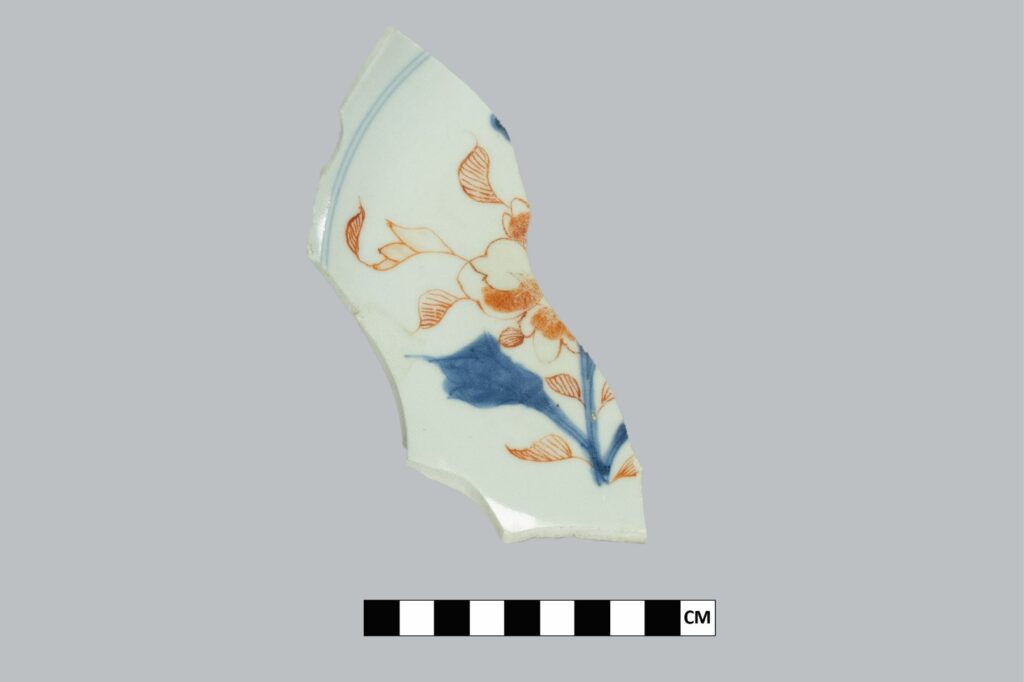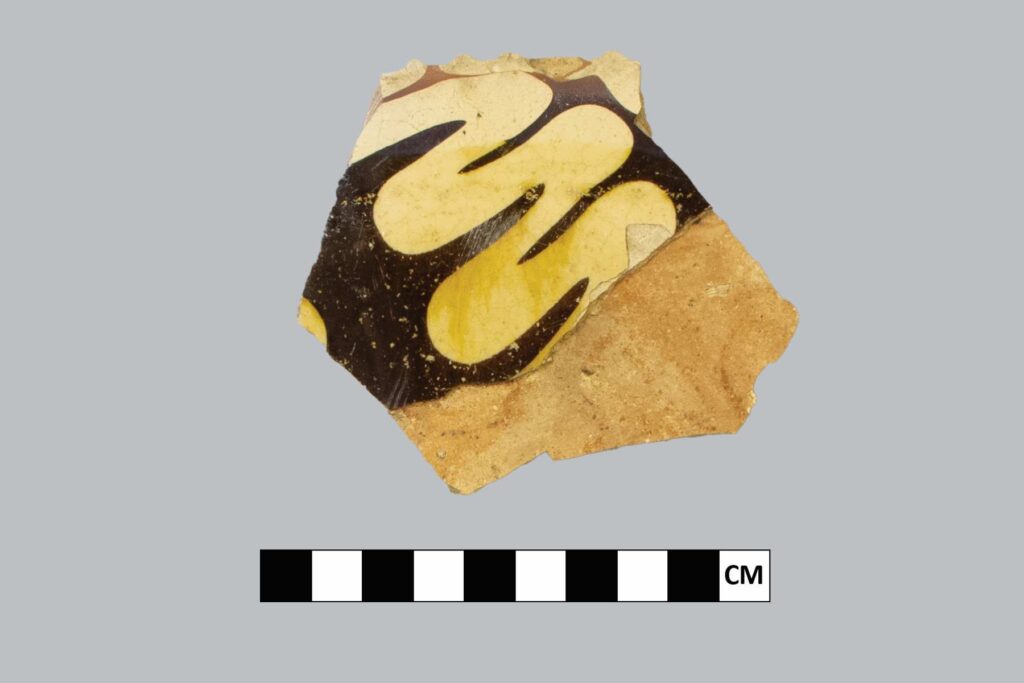
Written by Lissa J. Herzing, Casey House Archaeological Collection Project Curator
Minute Man National Historical Park is pleased to announce a project to rehouse and reanalyze archaeological artifacts from the Casey House Archaeological Collection. The project aims to expand the park’s interpretation of the experiences of enslaved and free people of African descent in Concord.
The park will investigate the story of a man named Case, enslaved by Samuel Whitney and his family between 1769 and 1775 when they lived in the Wayside: Home of Authors, in Concord, MA. The original excavation in the 1960s uncovered more than 30,000 artifacts. We are excited to continue to unravel the story of Case and these artifacts.
Case was one of two people enslaved by Samuel Whitney and his family between 1769-1775 when they lived in the Wayside, one of Minute Man NHP’s historic properties. He has long been referred to as Casey in Concord’s town memory, as he was called by Henry David Thoreau in his journals in the late 1850s. This project aims to recenter Case’s lived experience, first by using his chosen name recorded in historical documents such as census records, by uncovering more historical documents that speak to his life as a free person of color, and by transcending the emphasis on Thoreau and his narrative.
In 1967, the archaeological remains of a historic structure were identified and excavated by a park archaeologist attempting to locate Case’s House. Although the excavation and historical research at the time were inconclusive and unable to place Case living in the structure, the signage later installed in the park highlighting Case presents the location of his home as fact and reduces his life to his enslaved status and ultimately obtaining his freedom through enlistment in the Continental Army. Researchers and interpreters at the park have long called attention to the generalization and oversimplification of Case’s story. This project will build on their work to provide a synthesis of existing and new research establishing the known facts of Case’s life. Additionally, the rehousing and reanalysis of the Casey House Archaeological Collection will allow for new interpretations of the site and its associated material culture. The artifacts from the site indicate a domestic house site up through the 18th century and a large amount of 20th-century material that was deposited when the site became a trash dump.
We hope to answer questions like – did Case live at the site? If so, when? What was his life like as a free African living in Concord? Who was the second individual enslaved by Samuel Whitney and what is their story? And more!
The results of the project will be detailed in a final report in 2026 which will be available to members of the public, and a new interpretive sign will be designed and produced for the site detailing Case’s story and the archaeological collection associated with the site. This work will enhance the potential for visitors of Minute Man NHP to engage with the history of enslavement and freedom of people of African descent in Concord, with tangible and place-based significance.
About the Author: Lissa J. Herzing is the Great Basin Institute Project Curator managing the reanalysis and reinterpretation of the Casey House Archaeological Collection and Case research project for Minute Man National Historical Park. Lissa has worked as a museum professional in the National Park Service for the past three years, working previously at Salem Maritime and Saugus Iron Works National Historic Sites. Lissa holds a master’s degree in Historical Archaeology from UMass Boston, where her thesis research consisted of an intersectional analysis of ceramic use in the household of Mary Boston Douglass, a free Black woman who lived in the Seneca Boston – Florence Higginbotham House on Nantucket, during the early 19th century.
Support the Friends of Minute Man by becoming a member today!
Images above from left to right , clockwise: View of Case House Site interpretive sign, Fall 2023. Sign Reads: “Casey’s Home: In 1775 Casey was Samuel Whitney’s slave. When revolution came, he ran away to war, fought for the colonies; and returned to Concord a free man.” Installed in the 1970s, this interpretive sign presents an oversimplified view of Case’s life as an enslaved person and soldier. This project will culminate with the creation of a new interpretive sign that will expand on Case’s story and the artifacts found at the site. Blue transfer-printed saucer with popular Blue Willow pattern, MIMA 4307, mid-19th century. Plain creamware teacup fragments, MIMA 4311, mid-late 18th century. All photos by the author.
Images below: The artifacts pictured here were recovered during the 1967 excavation, and while they cannot be conclusively linked to Case, a formerly enslaved man who potentially lived at the site, they can tell us more generally about the daily life of the occupants of the household during the mid-18th century, and about the large refuse dumping area which covered the site in the late 19th to early 20th century. Blue and orange floral hand-painted Chinese porcelain, possible punch bowl base, MIMA 42221, date unknown. North Midlands type trailed slip decorated and molded rim earthenware dish, MIMA 4291, mid-18th century. Dark olive-green wine bottle finish and neck, MIMA 41286, 19th century.



Bibliography
Dietrich-Smith, Deborah, Jacob Tisinger, and Margie Coffin Brown. Cultural Landscape Report for the Wayside Unit, Minute Man National Historical Park. Olmsted Center for Landscape Preservation, National Park Service, Boston, MA. 2008
Lemire, Elise. Black Walden: Slavery and Its Aftermath in Concord, Massachusetts. University of Pennsylvania Press, 2011.
Snow, Cordelia T. Archeological Research Report: Excavation at Casey’s House Minute Man National Historical Park. National Park Service Report. 1969.
Thoreau, Henry David. The Journal 1837-1861. NYRB Classics. 2009.
United States Census, 1790. “Heads of families at the first census of the United States taken in the year 1790. Massachusetts,” Page 139.
Williams, Julia, and Angela Cooper. “Research Project Report: Reanalyzing, Reinterpreting, and Refocusing the Story of Case and the Casey House for Minute Man National Historical Park.” National Park Service, internal report. August 2023.